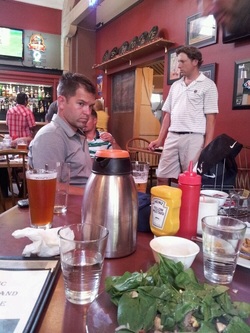 Chad Sawyer (seated) with Club President Vinny DiGiano (standing) Chad Sawyer (seated) with Club President Vinny DiGiano (standing) Sunday, October 20, 1991 This Sunday, like every Sunday before from March through November going back almost 100 years, a gathering of people come to the course by 8:00 AM to play a game. The Eastmoreland Club has long been one of the regarded group of amatuer golfers in our city. Bill Macallister, who first played Eastmoreland in the 1948 OGA Junior Championship at the age of 13, recalls the Sunday game was the place to test your mettle against the best. "Back then everybody played in Sunday Game, meat cutters, taxi drivers, wool mill operators, train conductors, TV Newscasters, doctors, lawyers. It didn't matter who you were because everyone including the members from private clubs like Waverly and Portland and Oregon would show up because this was the best game in town." What makes a game the best? Current President Vinny DiGiano would say fair competition and enough cash to make it interesting. After all, there's nothing better than sitting in the clubhouse bar and someone peels off five twenty-dollar bills for a $100 payout. "We don't play for matchsticks at Nana's house, you know!" Currently, the club plays both a "gross game" and a "net game" which means playing straight up or calculating a score net of one's GHIN handicap. The standard game is individual play with a $15 buy in and payouts going to the top 2-5 players in gross and net respectfully. We have a book that outlines the proportion of all the payouts based on the number of players and their respective handicaps. So, for example on day where 40 people show up and 10 have a handicap of 8 or less, then the payouts might be 25% to the Gross game and 75% to the net. These proportions have been negotiated often with great vigor over the years akin to the banter in house of commons. the book is essentially the ledger of thousands of rounds and golf holes dutifully recorded and measured against the payouts so the money is doled out fair and square. Of course, the winners better be buying a round of drinks for the rest of us. The club used to be co-ed with men and women members. I spoke with Carol Jolly, a member of the women's club and longtime residence of Eastmoreland neighborhood, to learn more. She explained that the Eastmoreland Club was originally set up as a co-ed club much in the way private golf courses have a single membership. The women who played were wives, sisters and friends of the guys who played in the game. While it's likely there may have been some mixed games during the year, usually the women teed off just a bit later in the morning. The heyday of the Eastmoreland club was probably back in the late 1950's and 60's... The women's club officially separated and created their own set of rules and officers in the 1960's when both clubs were growing with a sizable membership. Through most of the 1960's to the 1990's, the Eastmoreland Club games required players to demonstrate skill. The cut line was for active players to carry a handicap of 8 or lower to get in the game. To put this in perspective that is the top 4.76% of all golfers according to the USGA though a larger percentage of golfers that actually have an official GHIN (Golf Handicap Index Number - the average score over par of a players of the top 10 scores out of the most recent 20 rounds). Back then, every Sunday game was a team game, where all people in the forsome could contribute. Typically they played "3-gross" meaning each foursome tallies the 3 lowest scores on every hole for the team combined score. Other times they play "2 gross 1 net" or even "2 net 1 gross" and in more modern times "3 net" where net takes into account the holes where a player's GHIN allows him a "Pop" to subtract a stroke on certain holes (the hardest to the easiest based on the player's handicap index. To play everyone had to show up early and meet in the parking lot by old clubhouse and driving range - the "Captains" would be appointed based on having the lowest handicaps and then they would go around and choose teams, probably grouping players into 1's (Captains) 2's, 3's and 4's based on where your handicap stood up. Jest yesterday, I spoke with Doug LaMear - a longtime sports broadcaster for News 8 in Portland. He often talked about how he was a solid 8 handicap - though would find himself sometimes struggling to even make the cut. He typically played as 4-man in these games. In my research, I discovered that there was an original membership roll that included the first 100 "members" of Eastmoreland. Most of these members were members of the Multnomah Athletic Club and I hope to find the entire list someday. Look for a subsequent article on the original history of the club.
|
|
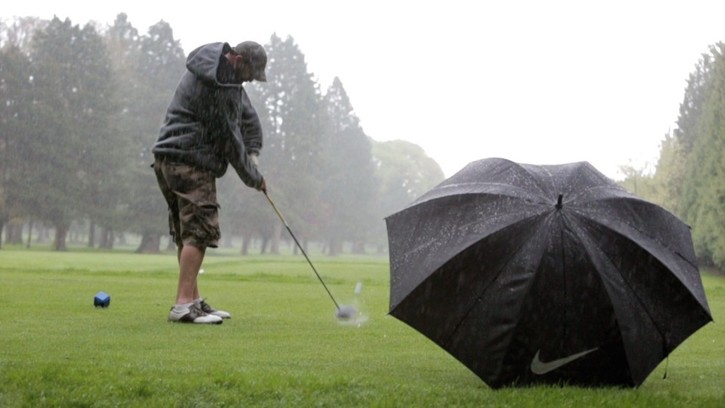
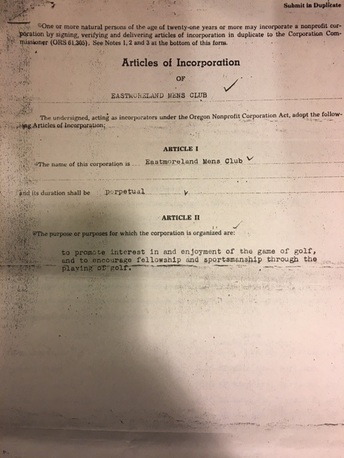
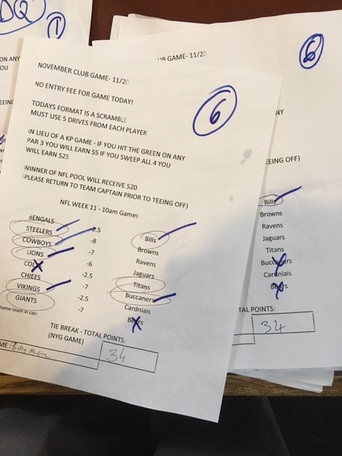
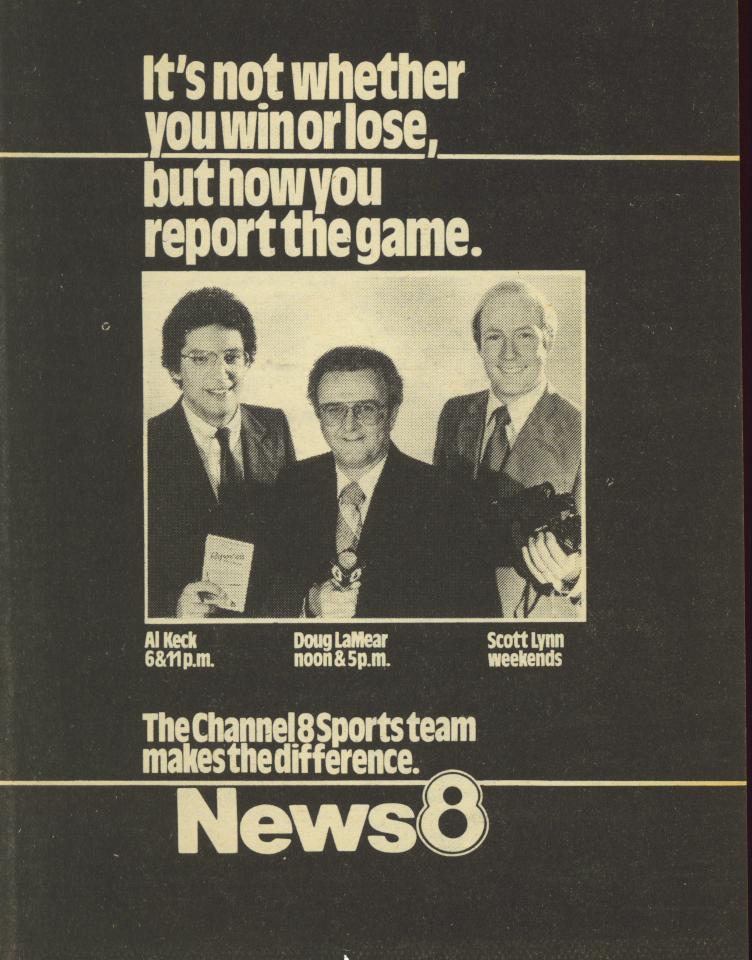
 RSS Feed
RSS Feed